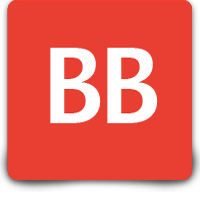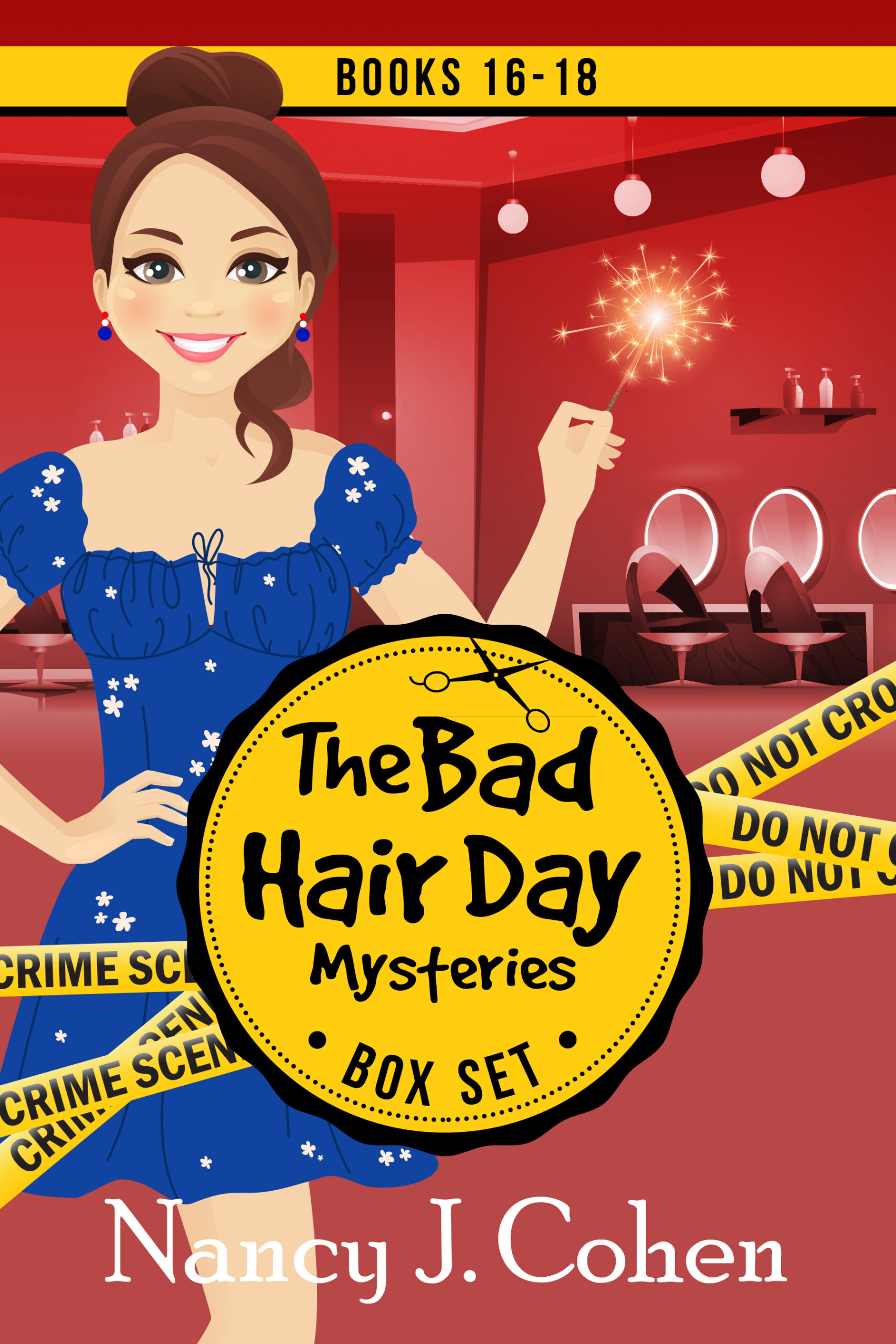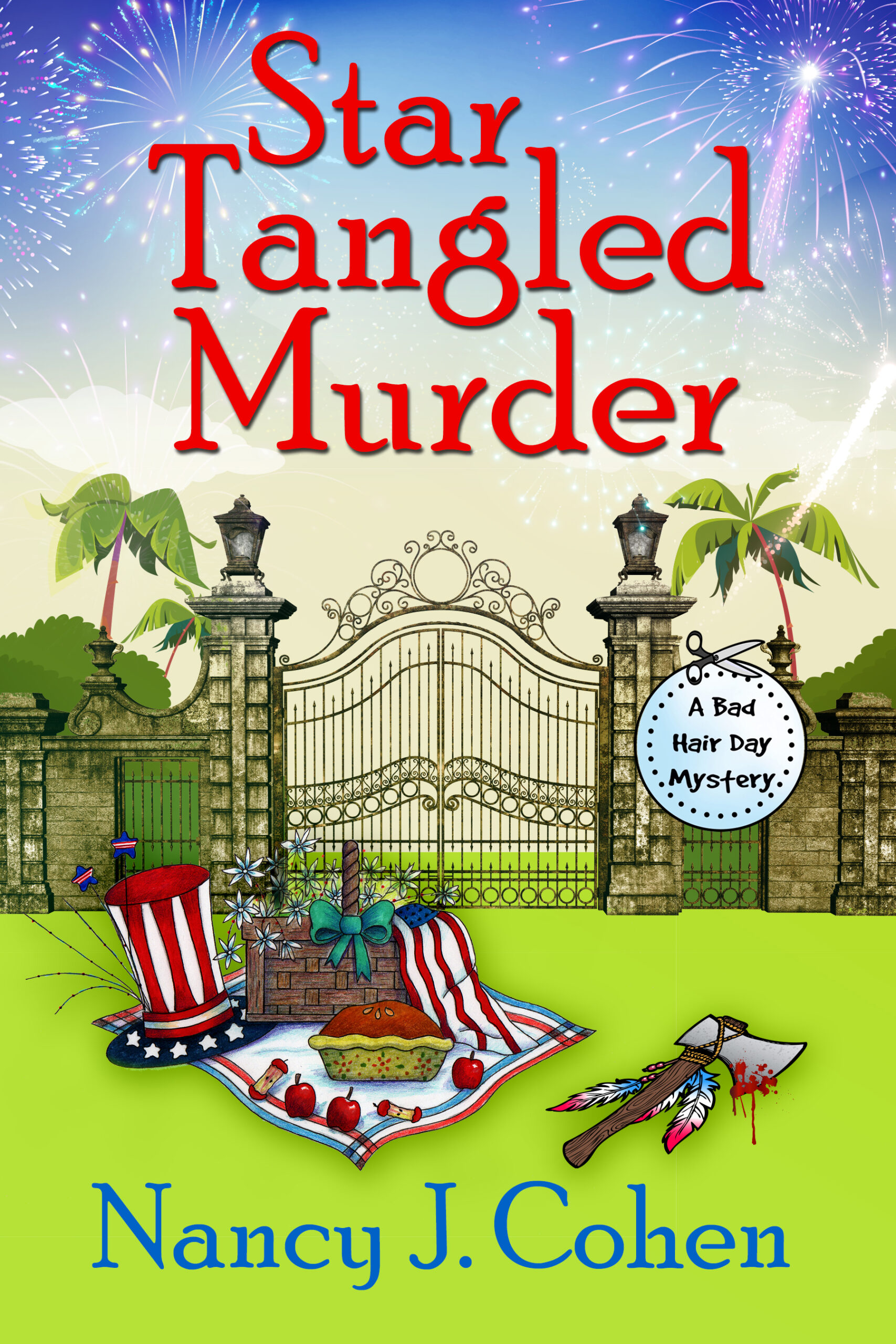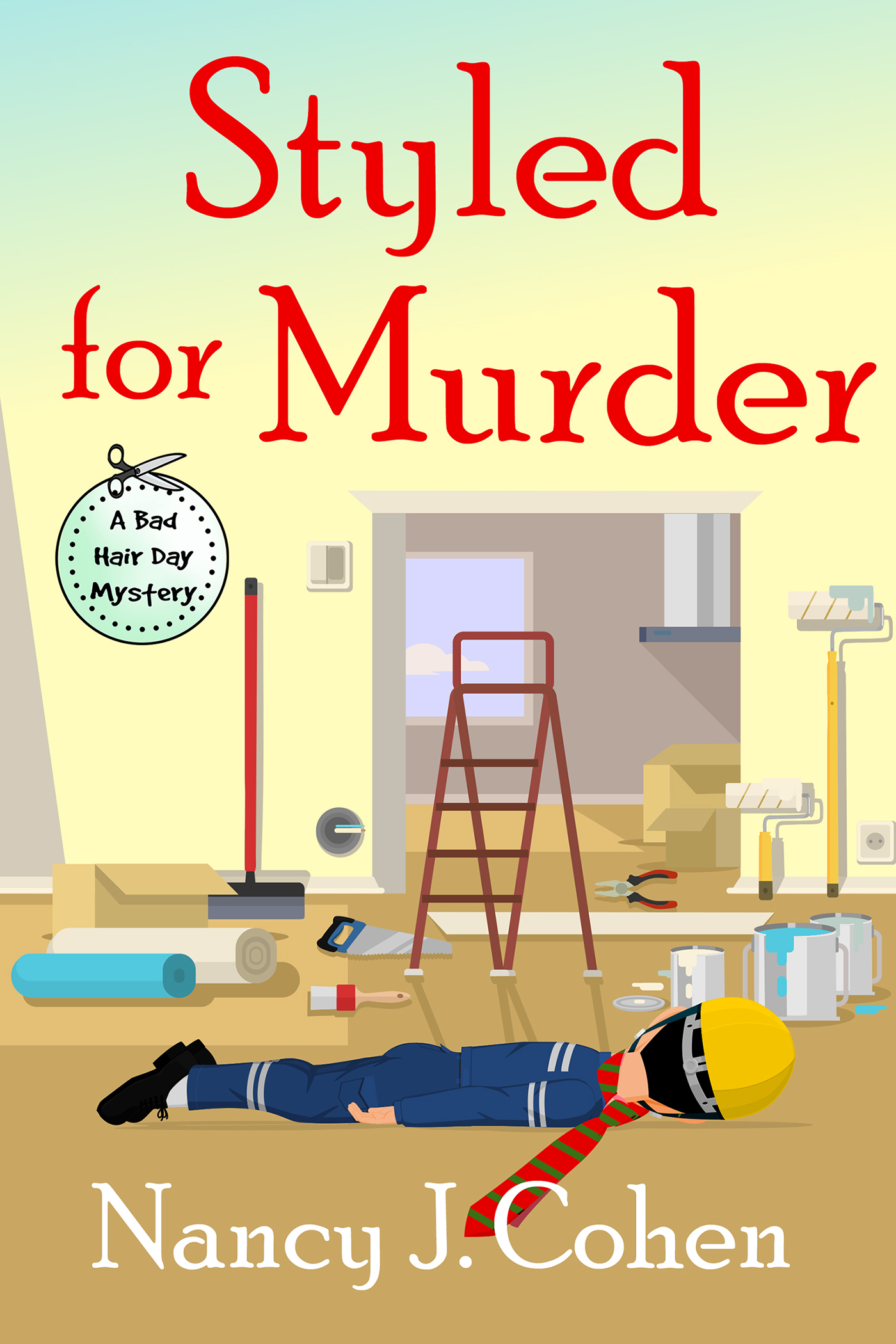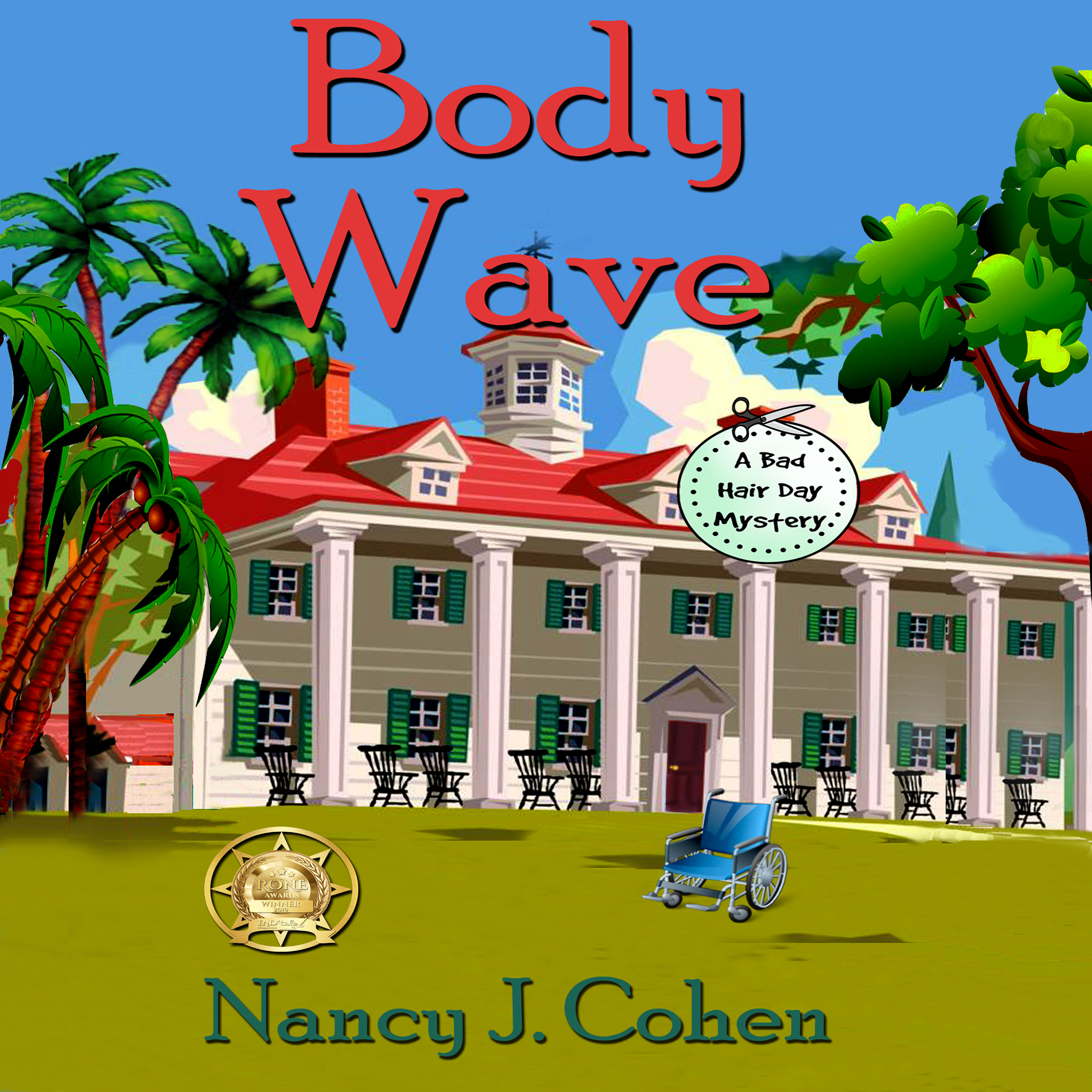Final Thoughts on Indie Publishing
Here are my final words on the topic of indie publishing.

For Backlist Titles
Once you have your rights reverted, you can reissue these titles yourself. Follow the steps in this series. I always make sure to say it’s a reissue in my promo posts and to mention the original publisher on the copyright page. Since I do a new round of editing, I call these my Authors Editions. Your other choice would be to find a new publisher but it depends on what books you’ll have available and how much control you want. It’s gratifying to improve and launch these titles yourself. You can add your own front and back material, hire your own cover artist, and choose the formats and distributors of your choice. Plus, you can set your own price, and that’s an important benefit considering how high the trad publishers price their e-books.
Once your book is published at https://kdp.amazon.com, go to your account at Amazon Author Central https://authorcentral.amazon.com/. Hit Add Book and claim your title with the ASIN or ISBN number.
Allow a few hours or a day for this book to show up on your Author Central site. Sign in again to Amazon Author Central. Click on Books. Find your new title and click on it. Scroll down to where it says, not finding what you need, contact us. Fill in form and say “Please link this revised paperback edition with the Kindle and other editions.” Or, “Please link this newly revised Kindle edition with my previous mass market edition.” Provide ISBN numbers. Once linked, your customer reviews will show up on all editions. While on this page, you can add your author bio, improve the book description, or add editorial reviews.
Consider bundling your published backlist titles into box sets. Add a special enticement for fans who’ve read these books before, such as a new short story, craft tips, recipes, or character interviews. Make this bonus material exclusive to the box set. Offer a discount so the set costs less than if a reader bought the books individually.
For Original Titles
If you’re writing a series, make sure your series title is consistent at each distributor. Prepare a cover reveal notice and a book launch party. Solicit reviewers with advance reading copies. Consider offering your digital arcs through BookFunnel. You can format your book for free at Draft2Digital without having to publish it there. Use these files for your ebook ARCs. Midwest Book Review offers a pre-published review for a $50 fee. This site is well worth it but be wary of other paid reviews. Look on your social media sites for book review groups where you can post your offer. Ask your FB friends and newsletter subscribers for advance reviewers. If you ask other authors, don’t be pushy and understand that published writers have busy schedules and may have to turn you down.
The Finale
This concludes our series on Self-Publishing Made Simple. If you want more information, both BookBub and IngramSpark offer excellent blogs that you’ll find helpful, as do many other authors out there. Do your homework, present a professional product, become active on social media, and you’ll be headed in the right direction.
Did you miss our earlier posts on Self-Publishing Made Simple Blog Series? Go here to catch up:
Part 10 – The Library Market, https://wp.me/paLXP7-4qq
Part 9 – How to Use IngramSpark, https://wp.me/paLXP7-4qn
Part 8 – Why Choose Ingram, https://wp.me/paLXP7-4qk
Part 7 – Print Book Distributors, https://wp.me/paLXP7-4qh
Part 6 – E-book Distributors, https://wp.me/paLXP7-4qf
Part 5 – Book Production for the Indie Author, https://wp.me/paLXP7-4q6
Part 4 – Buying and Assigning ISBNs, https://wp.me/paLXP7-4pO
Part 3 – Adding Front & Back Material, https://wp.me/paLXP7-4pz
Part 2 – Manuscript Preparation for the Indie Author, https://wp.me/paLXP7-4oX
Part 1 – Getting Started as an Indie Publisher, https://wp.me/paLXP7-4oQ
GIVEAWAY
Enter Here to win a free book from the Prize Vault at Booklovers Bench.





